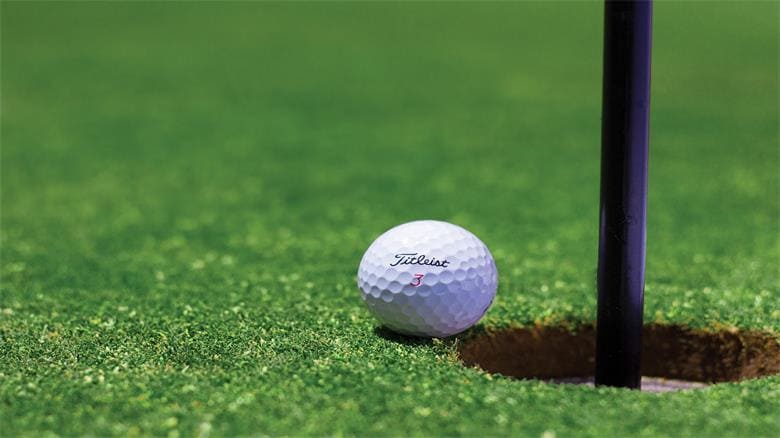Who doesn’t love golf? A relaxing game that is best played with friends in the sun; that challenges your brain, your body, and your overall skill. Golf is a game that is played the world over and that is truly something to witness. Now, when it comes to golfing, there are some terms that you might not be aware of and that you might not fully understand; knowing what these common terms and plays are can help you dramatically up your game.
What is a Mulligan In Golf?
You may have heard the term “mulligan”, but are you 100% sure what it means and how to use one properly when you are out on the green golfing? Odds are, unless you have been golfing for years, you will not be fully familiar with the term; that is where learning what a mulligan is and how to use it comes in handy.
A mulligan is sort of like a second chance when you are playing. Let’s set the scene; you are playing golf with your friends, a casual game; meant to pass the time and be enjoyable for everyone. You hit your ball off the tee and it goes in the opposite direction, you cannot find it, and you cannot play that particular ball anymore.
So, what do you do? A mulligan gives you a chance to hit a second ball off of the tee and start over on that particular hole. A mulligan allows you to reset that hole; to try again to get a better shot and to play a better round.
When Do You Need to Take a Mulligan? When can They be Used?
A mulligan is not something that you can keep in your back pocket like an uno reverse card to pull out whenever you want; there are rules and common concepts that apply to when and where a mulligan can be used. A mulligan, for example, cannot be used in professional golf; if you make a terrible shot on the PGA Pro Tour, you have to play that shot, even if it is in the weeds.
A mulligan in golf is almost always reserved for casual games with friends that are not necessarily high stakes and that do not have any sort of championship, award, or big money wager riding on their outcome. You cannot use a mulligan in golf unless it has been agreed upon by the player before the start of the game.
When you have agreed upon either using mulligans or not using them, you then need to decide when you want to use one. Now, if you are making a shot and it is just a little bit too far to the left, that is not a good use of a mulligan; a mulligan golf play is only reserved for especially terrible shots. If you are a new player or you have a big handicap, you might not be able to hit your ball straight off of the tee and you may hit it so far off the mark that you cannot recover with that particular ball.
Stress is another big factor in being able to hit straight and true when golfing. If you hit a shot that is just so spectacularly bad that you cannot recover and you cannot possibly win the round or even place high, you may want to consider taking a mulligan.
What Are the Two Types of Mulligans?
The first is a “must mulligan”; a must mulligan is when you decide to hit a new ball, and you do, but that ball is also terrible, that does not matter you have to play the second ball. You do not get to pick and choose which ball is better or which you prefer to use; this is why it is important to make sure that your mulligan counts.
The second kind of mulligan is the “provisional mulligan”; this means that if you hit a ball and your second ball is also less than desirable, you can pick the one that is better to use. No matter what mulligan you decide to use, it is always important that you take the time to talk with the other players that you are playing with; you want to make sure that everyone knows what type of mulligan is usable.
Why Don’t They Use Mulligans In Professional Golf?
A mulligan can be super helpful if you are not the best player; or if you just hit a very bad ball. Mulligans are not allowed in professional golf for a few reasons:
- They take up a lot of time; professional play takes a lot of time as it is with a large number of players all competing at once.
- If one person gets a mulligan, everyone will want one; this will take up time, it will make things unfair, and it will also make it harder to judge the game.
- Most professionals are skilled enough that they are not going to need a mulligan; they have been training for decades and know how to hit a ball to send it to the area of the green that they want.
- In some rare cases, mulligans are allowed in pro golf; the moderators will be able to judge whether or not the player is going to be able to hit a mulligan or if they need to play the original shot.
Mulligans are great if you know how to use them and are allowed to use them in your golf game.




